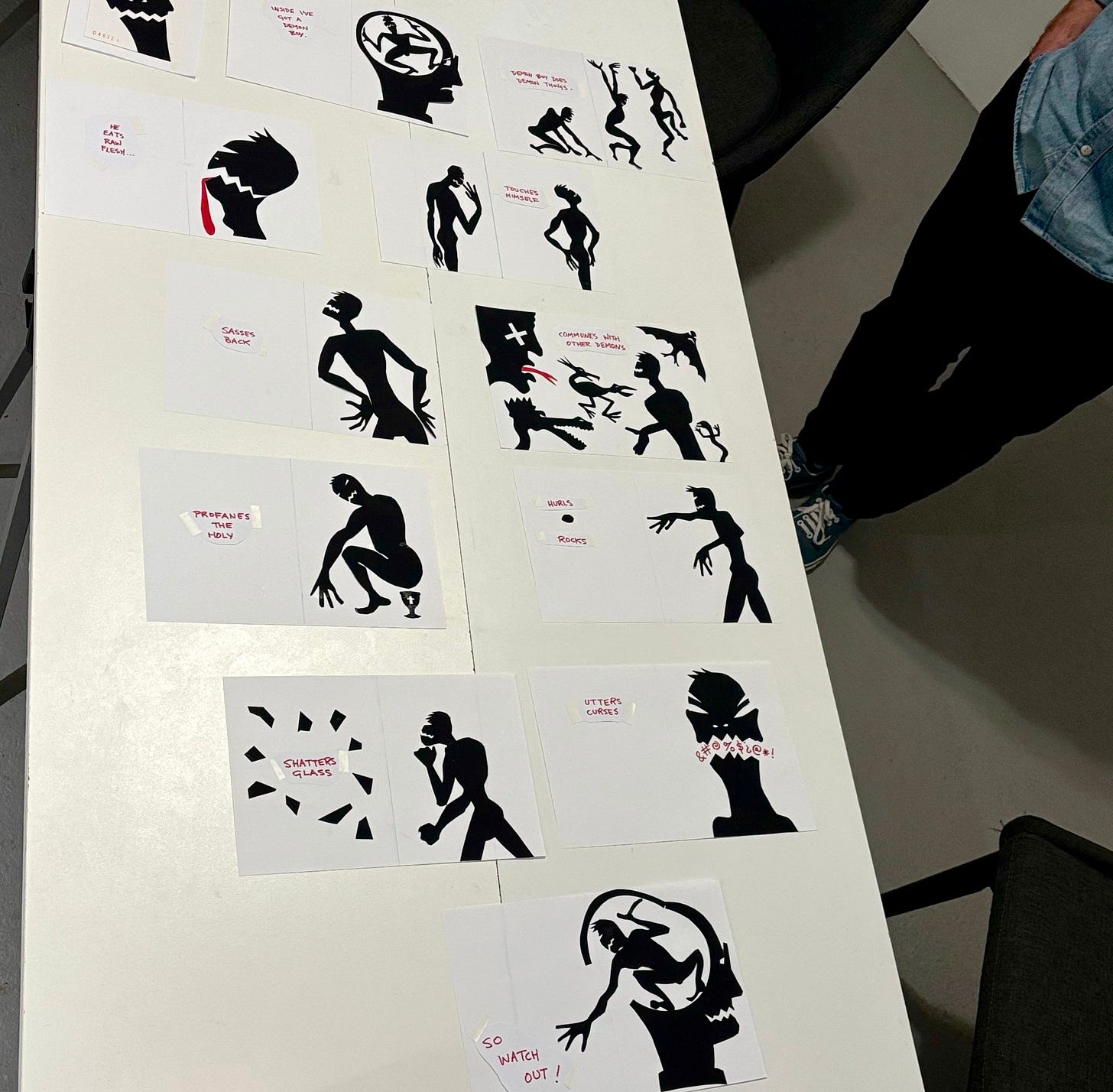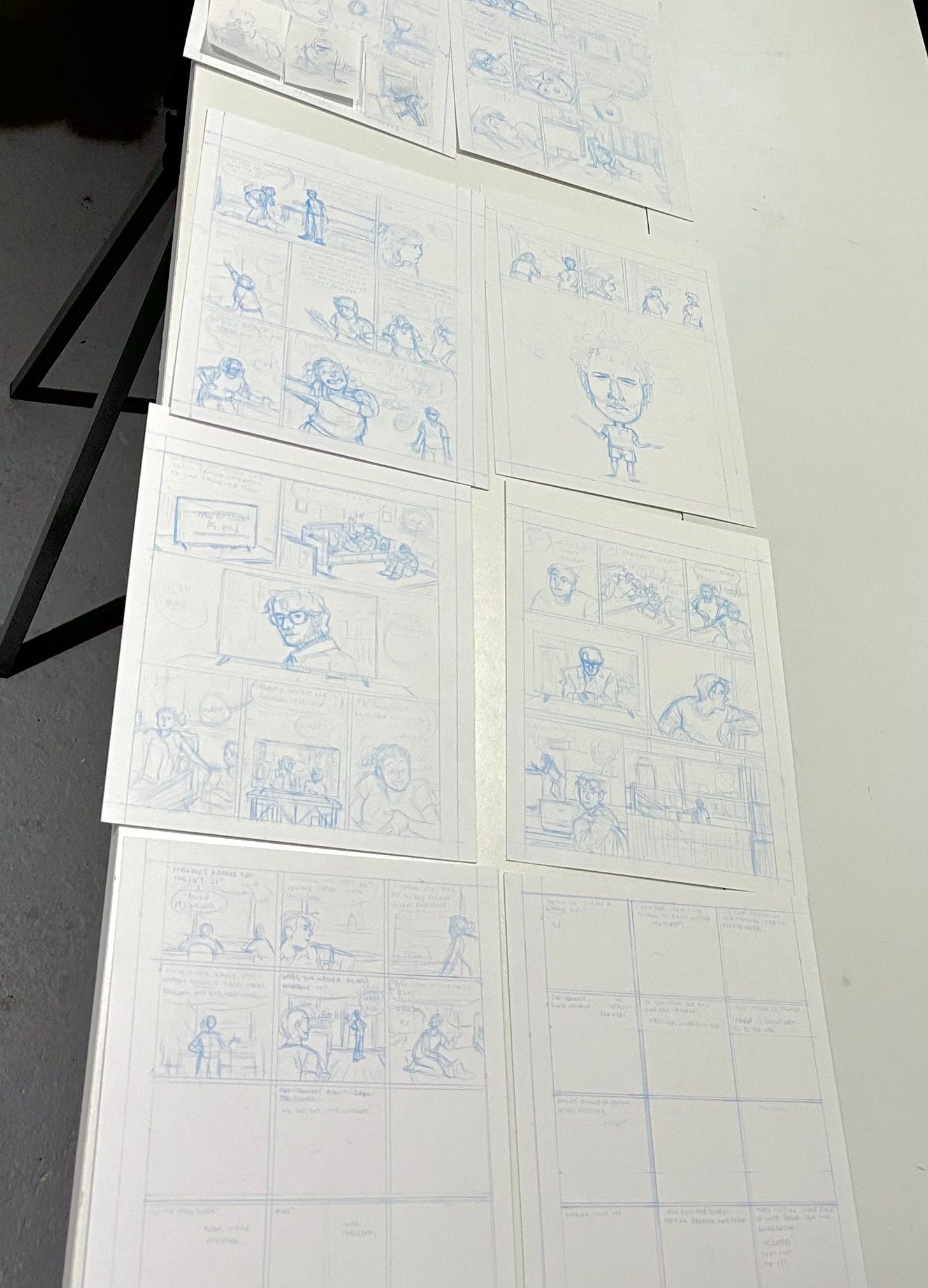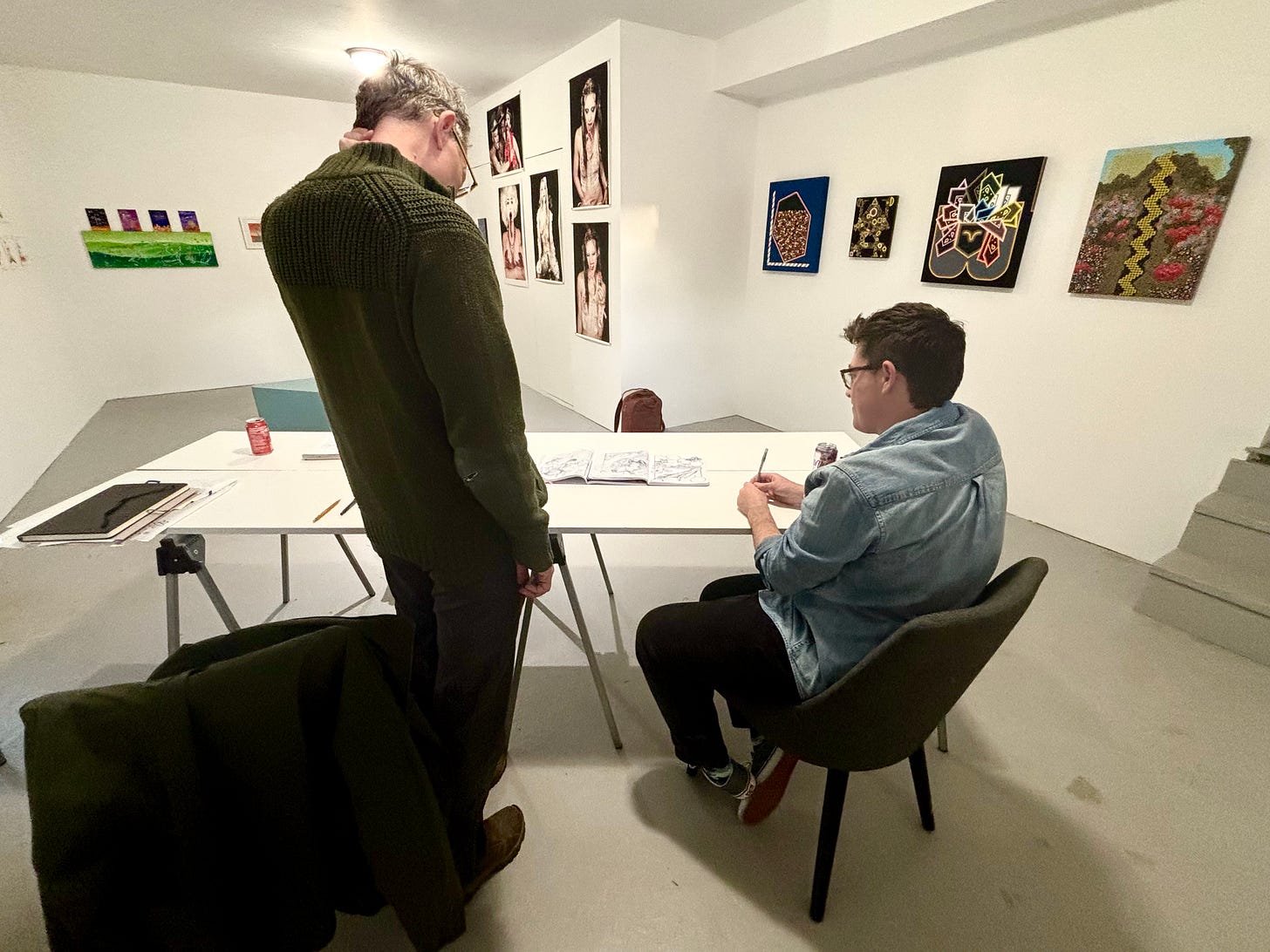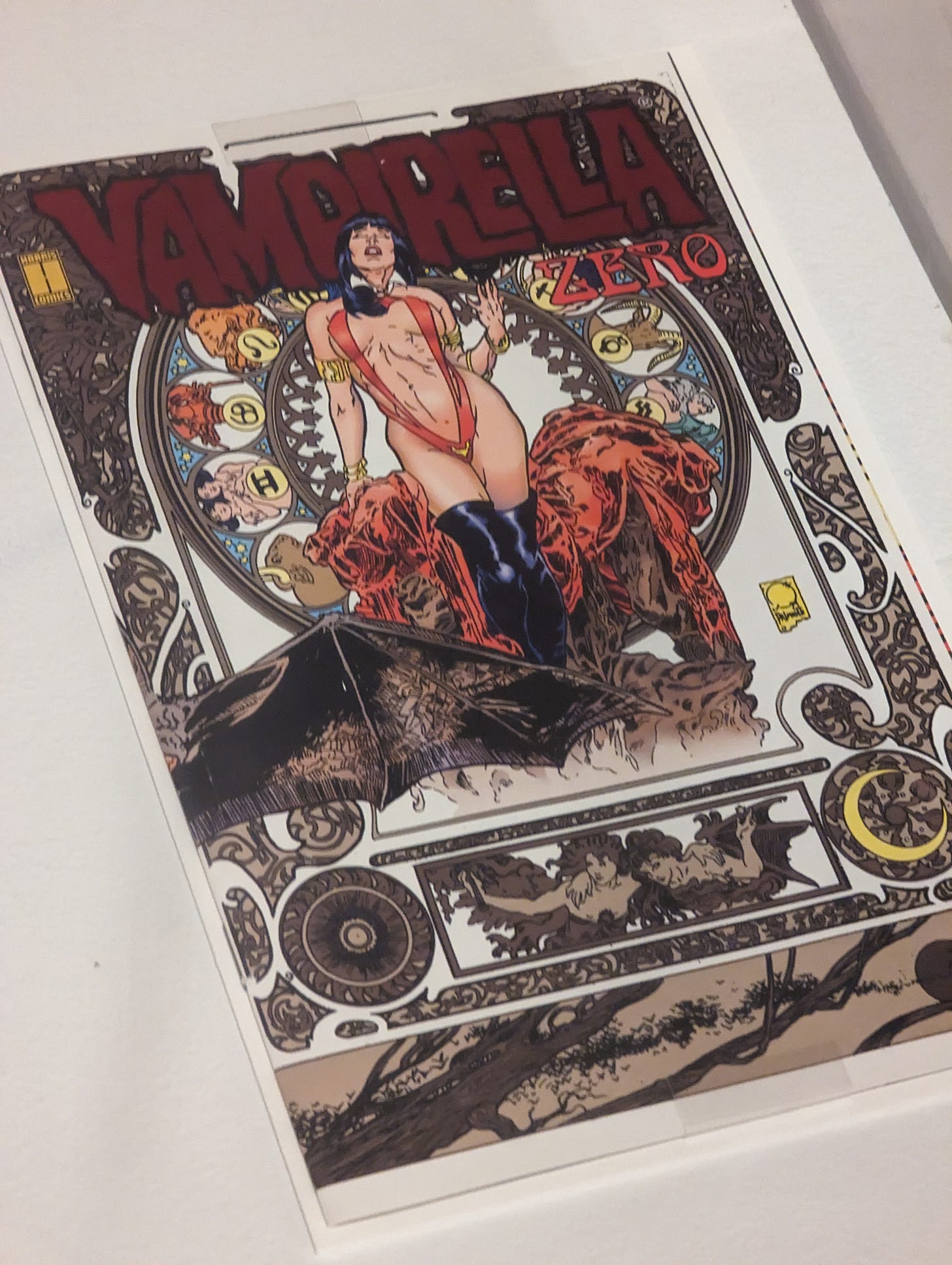JAM/Index Collective Drives to the Self
This year we're supporting comics artists with the creation of Jam/Index, an artists' collective exploring, making, and exploding autobiographical comics and art.
WELCOME!



To Max Barnewitz, John Borstel & Athena Naylor, the three artists comprising Jam/Index, a 2025 Initiative by Dwightmess to support autobiographical comics & storytelling!
PROGRESS Shots!
See artists from this years’s autobio narrative collective continue to complete comics made during this temporary residency:
JAM/Index Meeting: Autobio artists working together, helping to refine each other’s voice…
Write-up: “Timeless Mucha” at The Phillips Collection in Washington DC
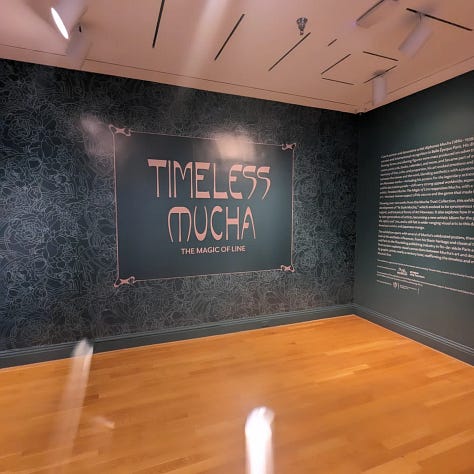
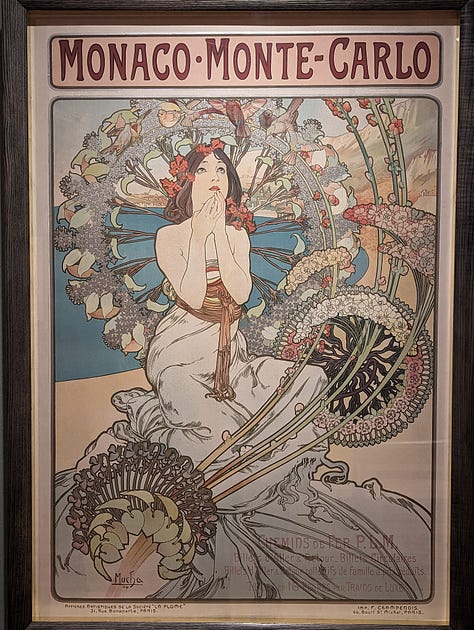
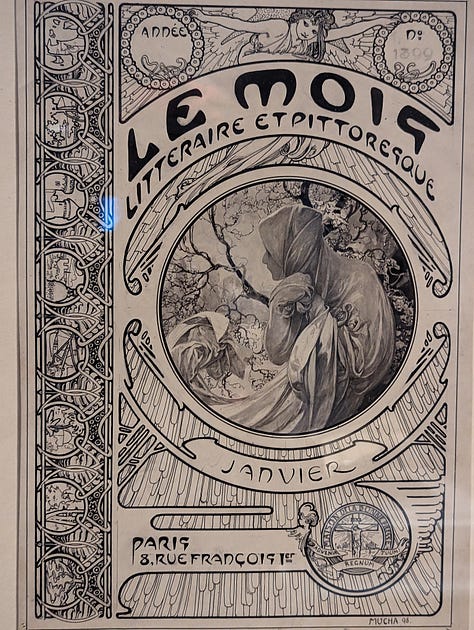
The current exhibiton of Alphonse Mucha’s work at the Phillips Collection in Washington DC represents a modernist presentation of the urban landscape; one in which the ‘AURA’ becomes a preliminary holding to a specific type of viewer who exists to consume a city in an about-and-beyond method that our contemporary society has forgotten; Before Mucha there was Aubrey Beardsley; both of these artists ingested, without any caution, a notion of ‘‘La Japonaise” that had been pioneered by painters like Claude Monet, who wanted to interpret the inhabitation of a city by an artist as a sort of infestation. What unforeseen ethnic prowess had the dominant population not yet dared to consider? And where, in the development of a future heterogenous society could their concepts take us? This was the open-mindedness of several levels of arts practitioners as they ‘landed’ within the unfamiliar within their own countries, outside the sheltered-ness of the dominant population’s prescriptions, outside the obvious limits of what society was already willing to provide to artists of privilege seeking to plumb the depths of their respective understandings of how status was being assigned in the unlikeliest of places.
Mucha was clearly an artist who understood that reflecting popular fantasy (and especially popular womens’ fantasy) could yield rewards; he tried anything and everything in terms of comics, advertisements, theatre posters, magazine features, and sequential art. But style, and the implications of how style alone could identify particular class aspirations determined how far an artist such as he could get.
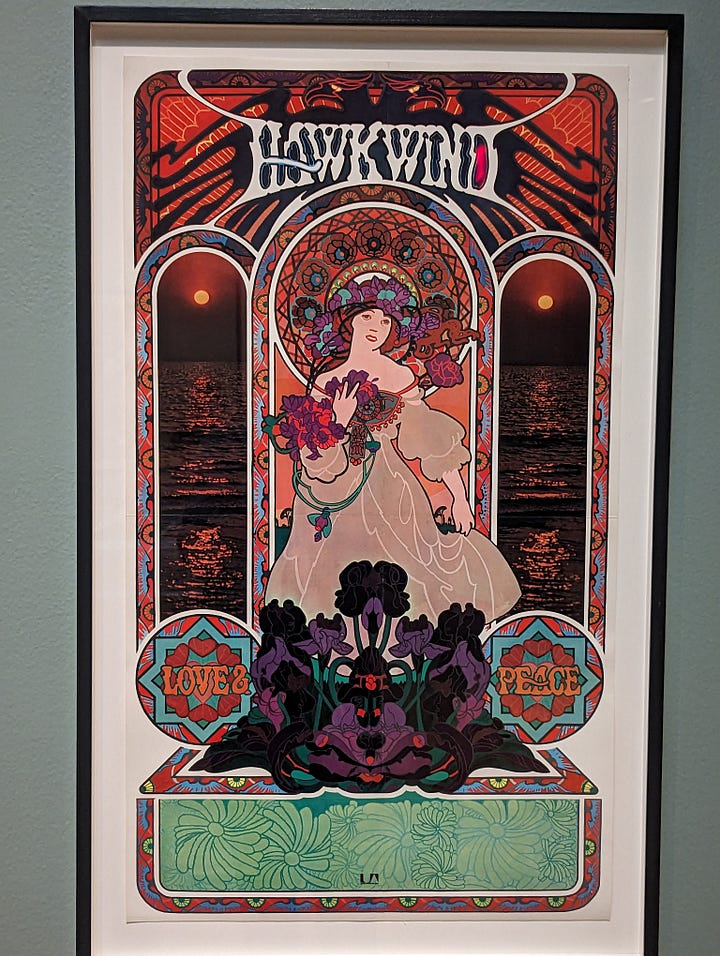
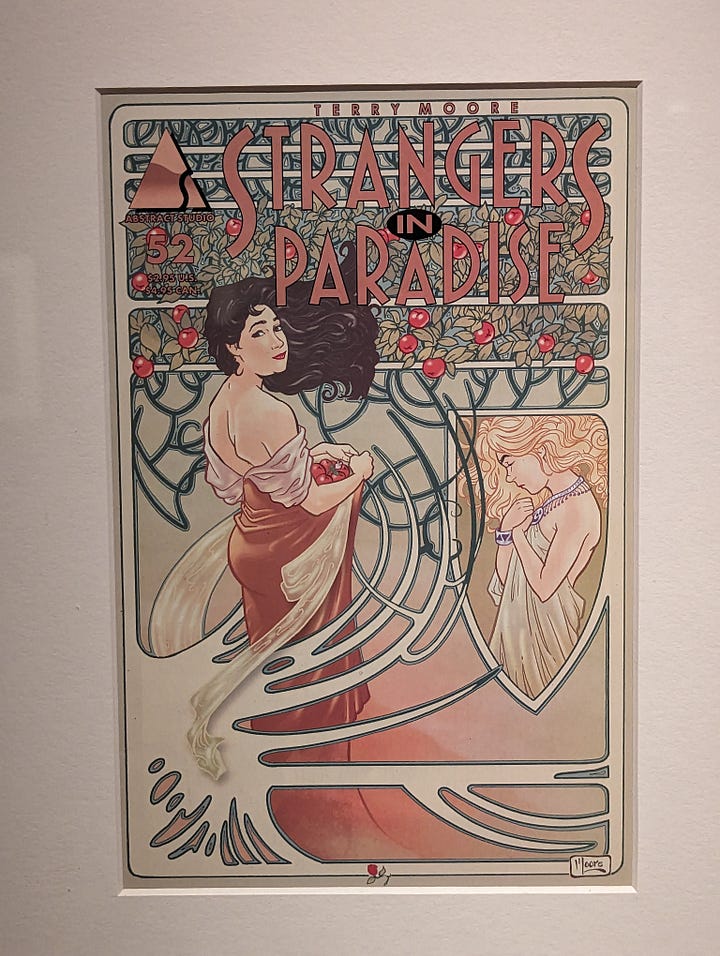
When other artists began to reinterpret Mucha, much of that context surrounding the style was discarded — Rock albums, mythical representations, ongoing graphic novels — the commercial history and the popular history became one and the same — there’s no constructive exercise to be made out of whether Mucha represented an ideal that could eventually grow into a transgressively valuable aesthetic. The advertisements of the day, that phantasmagorical aesthetic, was very purely commercial, and could risk being forgotten. As any or all art could possibly be.
But illustrators didn’t forget it. Illustrators referenced it; Comics artist revisited and re-celebrated it. Artists pulled Mucha along into their present, along with their understanding of the cosmopolitan experience — something that might have been easily discarded by middle rural & suburban America.
DWIGHTMESS STUDIO Illo: Glitch Gang
**The Graffo Broadsheet is a reader-supported publication. To receive new posts and support Dwightmess Cartooning & Comic Arts Compound, consider becoming a free or paid subscriber.



